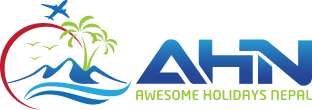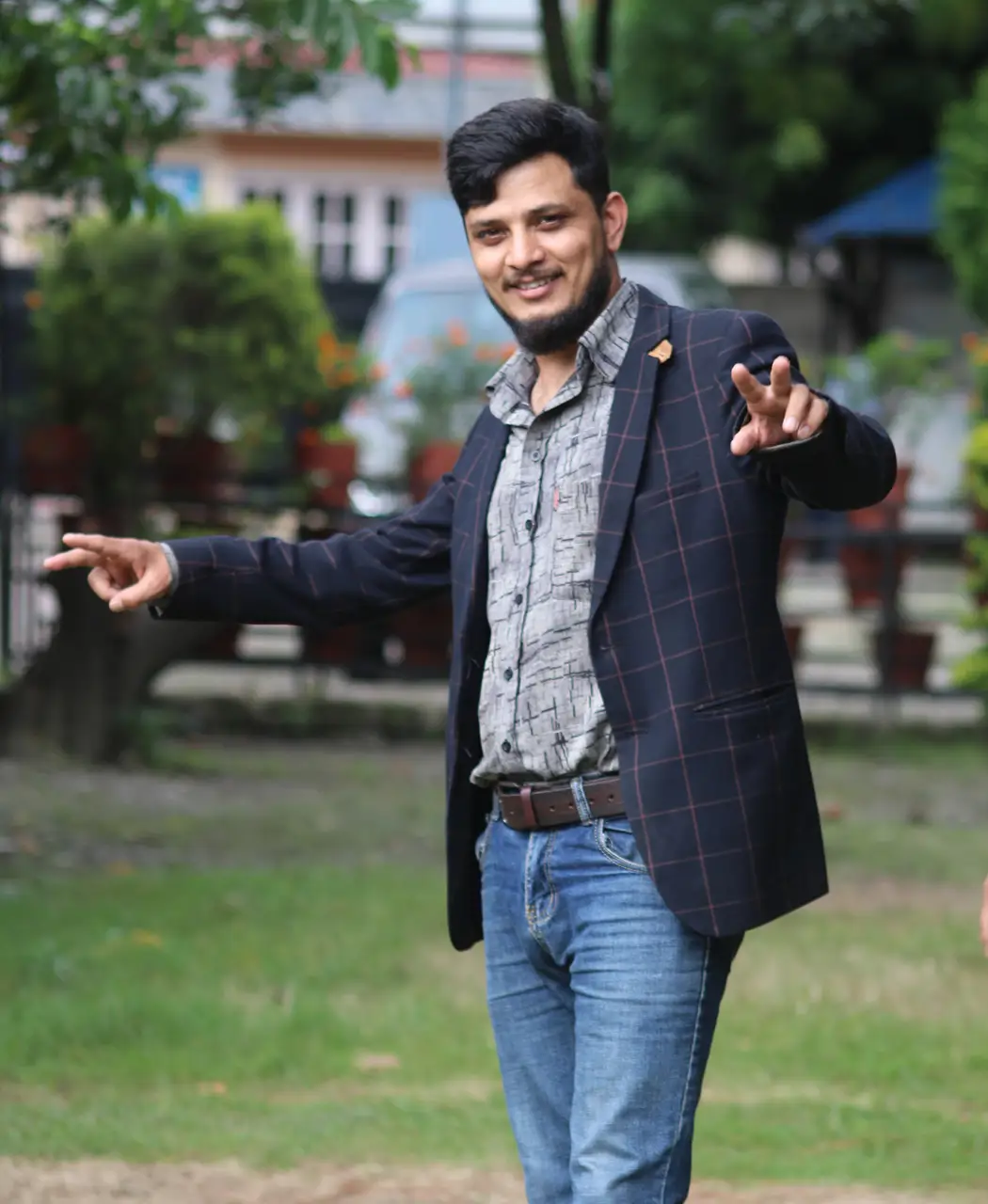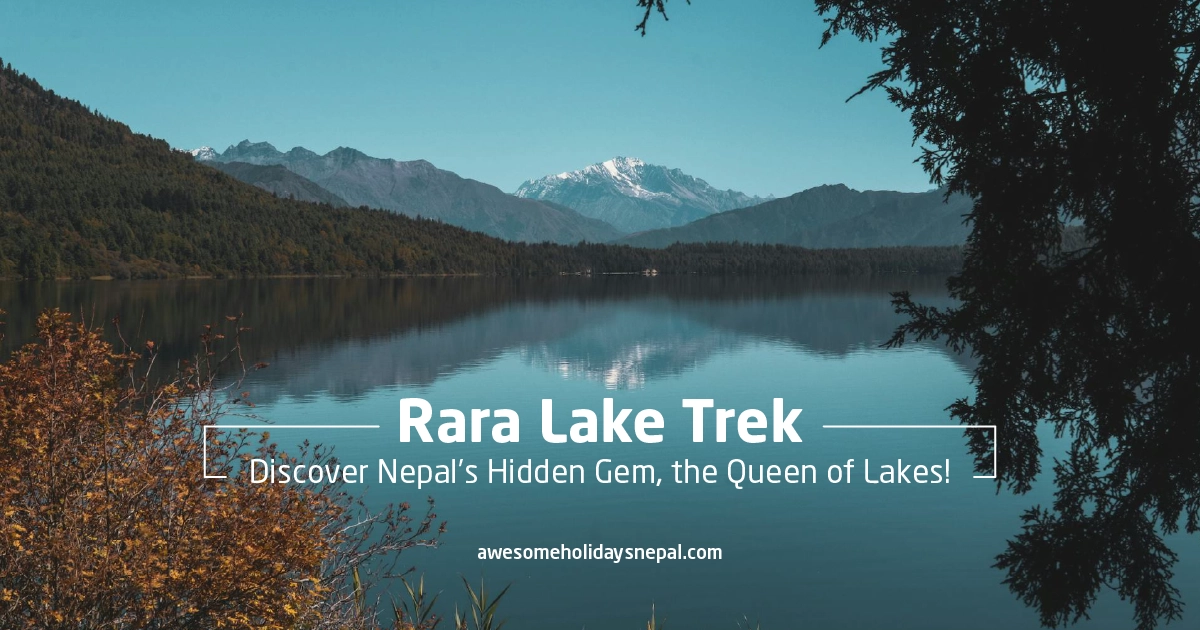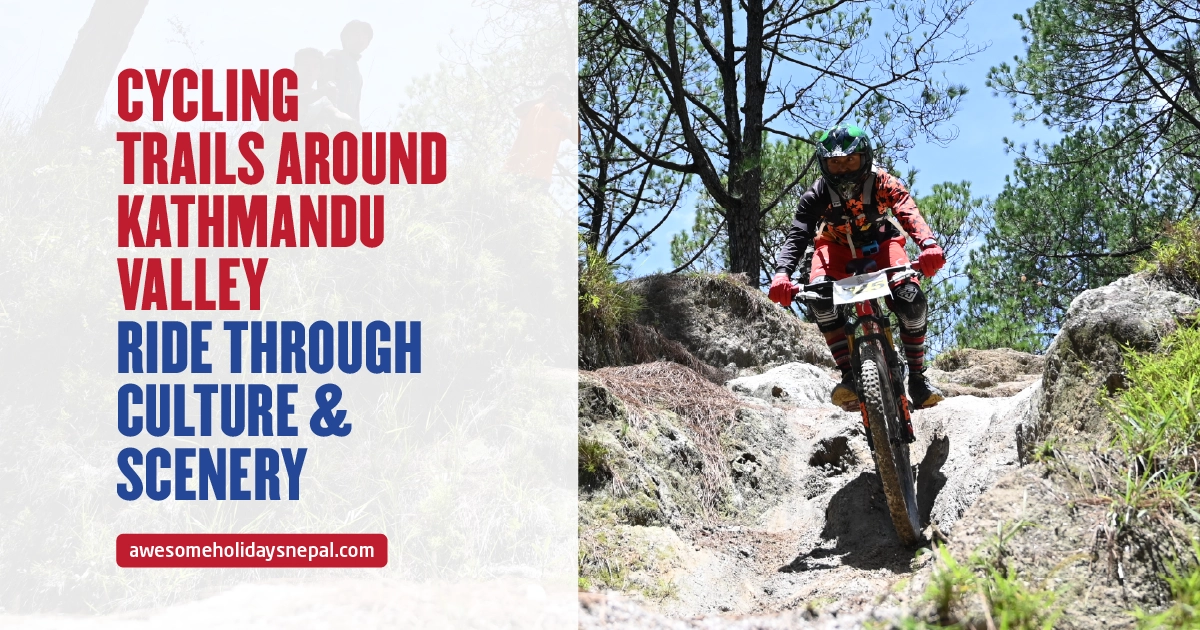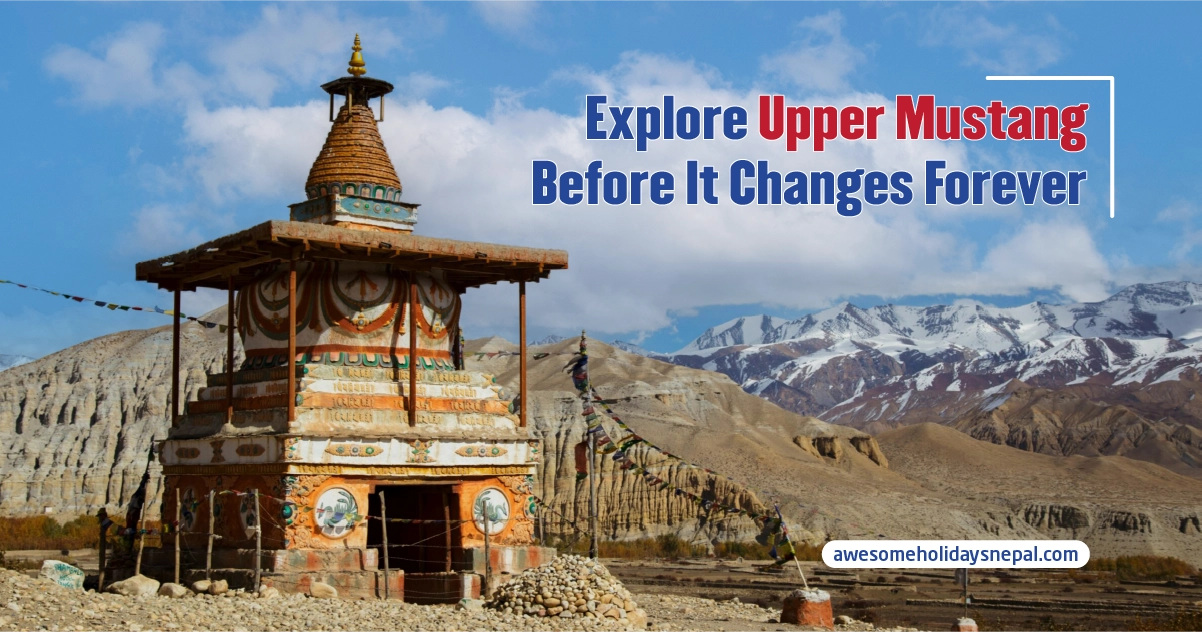Things to Know Before the Langtang Valley Trek: The Ultimate Guide
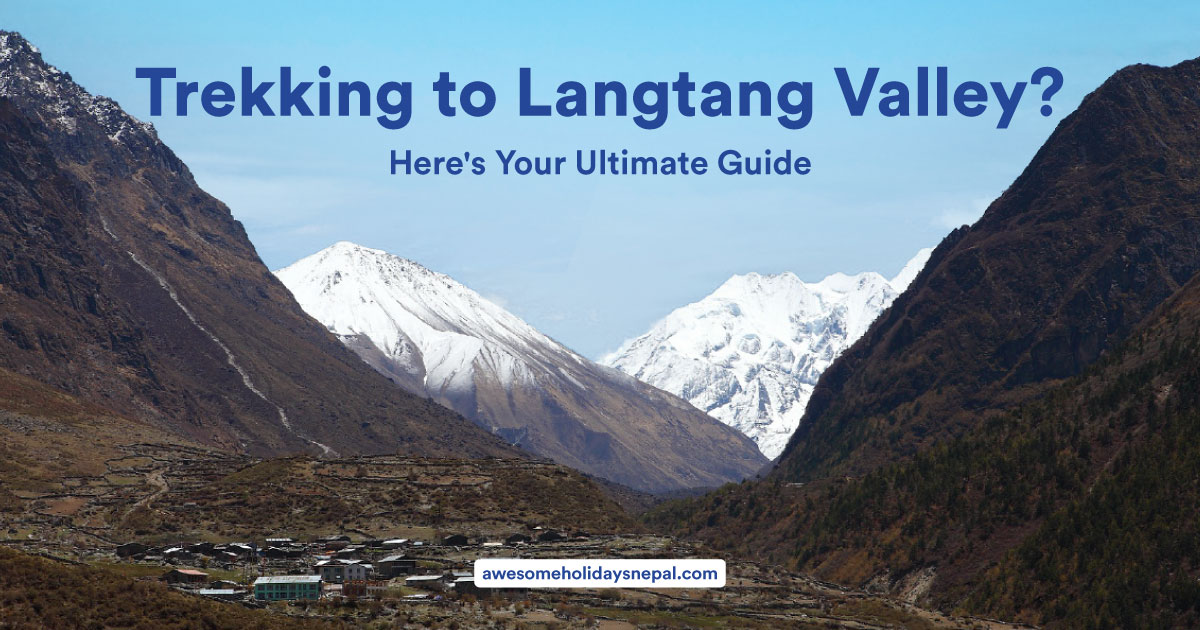
Are you planning to visit the Langtang region this trekking season? Even though it is the closest trek to the capital city of Nepal, there are a few things to know before the Langtang Valley trek.
From which permits to take and the better seasons to visit are crucial information one needs to gather before actually starting out in it. So is the case with Langtang Valley. Usually, the trek is easy and can be done at most times of the year, but you need to avoid avalanches to prevent any disastrous incidents while on the trek.
Similarly, the seasons play a major role in introducing the highlights of the specific regions. For example, if you want to trek through rhododendron forests and see rare Red pandas, spring might be the right season. However, hiking in winter is the best thing to do to enjoy the snow-covered peaks and glacial lakes.
Let’s go through the blog to find more things to know before the Langtang Valley Trek.
Overview of the Langtang Trek
Langtang Valley Trek is a popular teahouse trek that starts from Kathmandu and, within 8 hours, reaches Syabrubesi, where the walking begins. The trail’s closeness to Kathmandu makes it a popular choice for trekkers seeking an adventure in the Himalayas without the length of other treks.
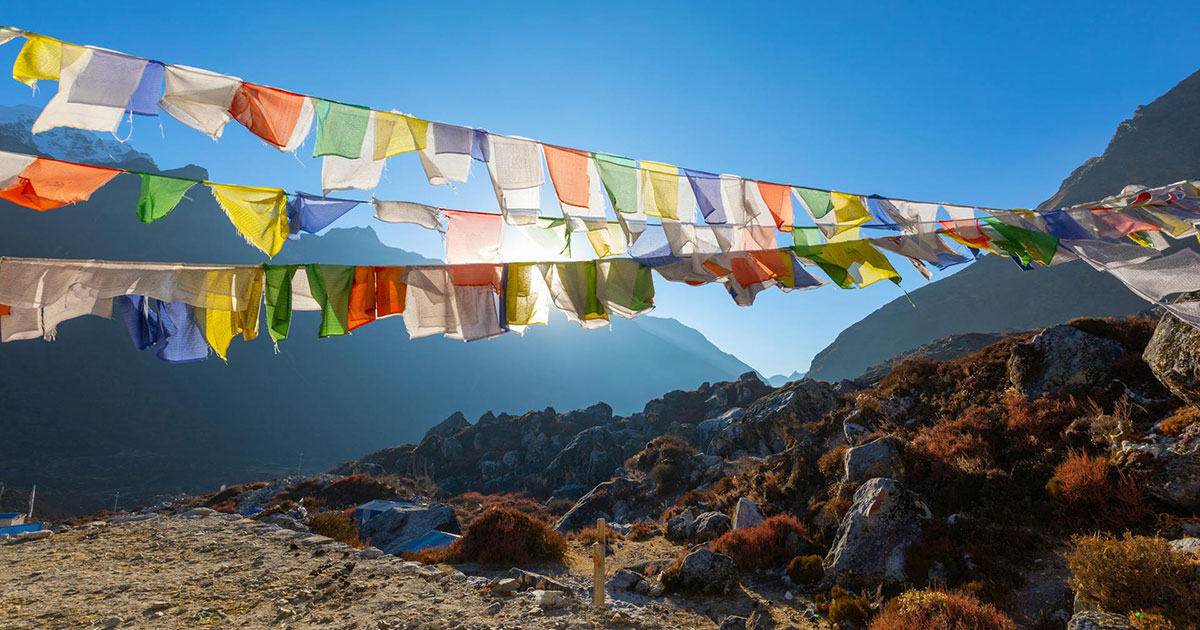
The Langtang Valley Trek is just 77 km (48 miles) and takes an average of 10 days to complete. It passes through the Langtang National Park, the Tamang village, river valleys, and the mountain views of the Ganesh and Langtang Himalayan ranges.
- Location: Langtang region, Rasuwa district, Nepal (north of Kathmandu).
- Duration: Typically 7 to 10 days.
- Trip Difficulty: Moderate, suitable for trekkers with a good fitness level.
- Meals: Breakfast, Lunch, Dinner
- Activities: Trekking, Hiking Max Altitude: 4,984 meters (16,352 feet) at Tserko Ri
- Start/End Point: Kathmandu
- Highlights: Stunning views of Langtang Lirung, diverse flora and fauna, Tibetan culture, and serene landscapes.
- Accommodation: Hotel / Guesthouse
- Accommodation stops: Syabrubesi, Lama Hotel, Langtang Village, Kyanjin Gompa
Best time to visit Langtang Valley
Trekking in Langtang is possible all year. The best time for Langtang Trek is Autumn (Sept to Nov) and Spring (March to May). As the weather is moderately warm and stable. These are the most preferred seasons when the temperature ranges from 10 to 15 degrees.
This is the best season for the bloom of vibrant rhododendrons and other wild orchids. The sky is clear and one can view the astonishing view of the mountains on the backdrop. The environment has neither heavy rain nor snowfall. This season is among the peak seasons of the year. The trail is full of fellow travelers along the entire track.
But if you want to enjoy the silence of the trail, you can trek during off-season. The rainy season is also preferred but one must get ready to battle the mud and leeches along the trail.
- Spring (March to May): ideal weather, clear skies, and pleasant temperatures.
- Autumn (September to November): Peak trekking season with the best conditions for visibility.
- Winter (December to February): cold environment with snow at higher altitudes but fewer crowds.
- Monsoon (June to August): Slippery trails and leeches; rainy season.
Accommodation on the Langtang Trek
The Langtang Valley Trek is facilitated with teahouses that offer you simple and comfortable accommodations with basic amenities and the best quality food. The rooms are on a double bedroom sharing basis and include blankets, pillows, and a shared bathroom. You are advised to book the room before your trip during peak season.
What to Expect on the Trek?
The Lush forests, alpine meadows, and the view of the high mountains such as Langtang Lirung (7,245 m), Langtang Ri (7,205 m), Naya Khang (5,844 m), and Yala Peak (5,520 m)
Range Ganesh Himal and Langtang are what attract visitors to LVT. The Subtropical vegetation of the Langtang area mainly consists of sal forest with a mix of rhododendrons, chirpine, and Nepalese alder. The Langtang’s forest provides a home for species like musk deer, Himalayan thar, red panda, Himalayan black bear, snow leopard, wild dog, ghoral, and serow.
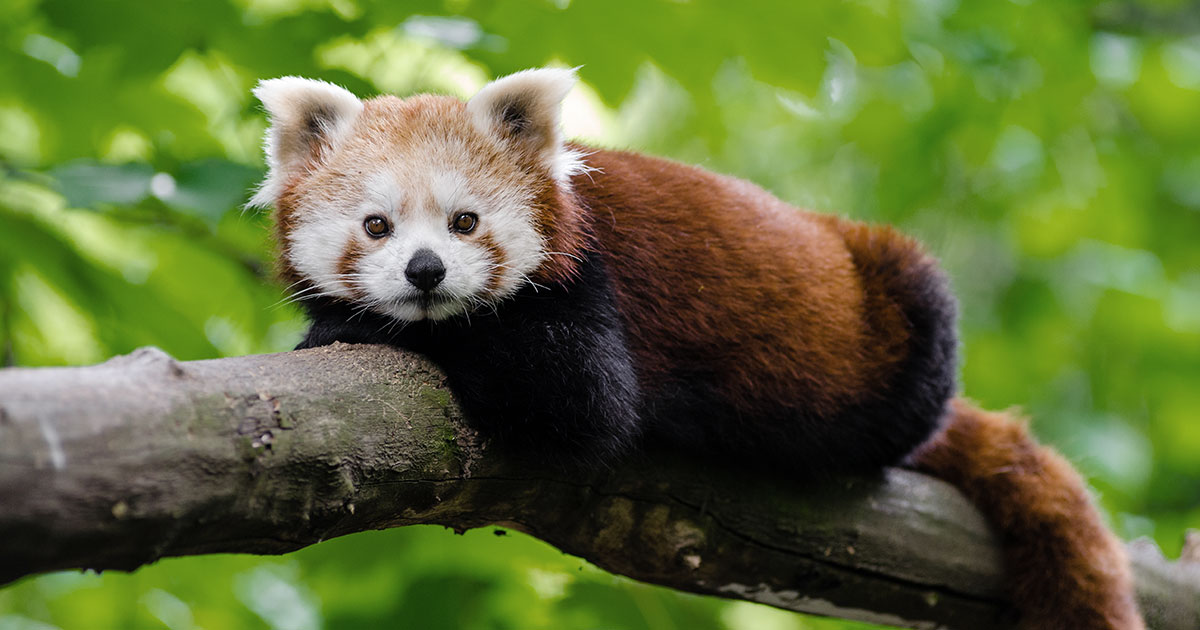
The region is also home to more than 250 species of birds.
Trekking Difficulty and Preparation
Though this trek is relatively short, it is considered a moderately difficult trek. Our trek starts from Kathmandu and drives along the Pasang Lhamu Highway for about 8 hours to Syabrubesi.
You need to be physically fit to trek in the high Himalayas. It’s good if you have prior experience trekking or hiking at high altitudes. Do some exercise regularly and strengthen your muscles and stamina.
As the trail takes you to an altitude above 3,500 m, there is always a risk of altitude sickness. Be prepared to spend a couple of days at lower altitudes to reduce the risk of altitude sickness. Normally, a rest day at Kyanjin Gompa is for acclimatization and exploration.
Tserko Ri: The Highest Point to Climb
Tserko Ri (4,984 m) is the highest point trekkers can climb on the Langtang Trek, offering breathtaking panoramic views of the Langtang Himal range. A challenging yet rewarding side trip from Kyanjin Gompa (3,870 m), the hike to Tserko Ri takes around 5-6 hours, requiring an early morning start to witness a mesmerizing sunrise over snow-capped peaks.
From the summit, trekkers can enjoy stunning vistas of Langtang Lirung (7,227 m), Yala Peak, Tserko Peak, Gangchemo, Dorje Lakpa (6,966 m), and Shishapangma (8,027 m) in Tibet. The steep ascent and high altitude demand good fitness, but the 360-degree Himalayan scenery makes it a must-do for adventure seekers on the Langtang Trek.
What to Pack for the Langtang Valley Trek?
Trekking to Langtang Valley takes you to an altitude of 4,984 meters from sea level. The average daytime temperatures range from 10°C to 25°C and nighttime temperatures range between 5°C and 10°C. It is to be considered that the weather in the high mountains is very unpredictable.
Hence, wearing warm and layered clothing and thermal wear is very crucial to trekking in the mountains. A pair of durable trekking boots and a warm sleeping bag that can withstand freezing temperatures are very important. Though the teahouses will provide you with warm blankets, it’s better to carry your sleeping bag.
Footwears
- Trekking boots/shoes
- Gaiters: (for rain and snow)
- Microspikes (for winter and icy trails)
- Trekking Socks
- Knee cap/protector
Trekking Pants
- Thermal or Long Underwear: Essential for cold conditions
- Moisture-Wicking Underwear
- Clothing Layers: moisture-wicking base layers, insulating mid-layers, and weather-resistant outer layers.
- Rain Jacket or Poncho
- Down or Fleece Jacket
- Hat or Beanie
- Warm Gloves
- Buff or Scarf
- Head/Hands
- Sunglasses or Goggles
Other items
- Day Rucksack
- Plastic Bags or Stuff Sacks
- Water Bottle or Hydration bladder
- Personal First Aid Kit with altitude sickness medication and bandages
- Head torch with extra batteries
- Digital Camera, lenses, and charger
- Battery Charger or power bank
- Toilet Paper, Hand Sanitizer, towel, Toothbrush and paste
- Trekking poles
- 3-(50+)
- Snacks
Optional items
- Binoculars, Books
- Altimeter
- Compass and map
Permits and Fees for Langtang Trek
TIMS (Trekkers’ Information Management System)
Acquiring the Trekkers’ Information Management Systems (TIMS Card) before trekking is mandatory to ensure the safety and security of trekkers in the general trekking areas.
Langtang National Park Permit
Out of 12 national parks in Nepal, Langtang National Park is one of the most pristine national parks of Nepal. Situated north of Kathmandu, it is the most easily accessible highland sanctuary from the capital.
Insurance for Trekking
Though close to the capital city, Kathmandu, the Langtang Valley trek is an isolated trail from sophisticated facilities and belongs to a remote area. Every visitor is strongly advised to get proper travel insurance to protect their valuables from loss or robbery.
Make sure the travel insurance covers insurance for emergency evacuation and cover for health hazards. You are recommended to select a well-experienced agency with expertise covering outdoor activities and operating in the region for a long time.
Local Culture and Etiquette on the Langtang Valley Trek
The Buddhist monasteries and the stupas are the centers of spirituality for Buddhists. The region is predominated by the Sherpa and Tamang people. Interaction with these people and indulging in their unique traditions, architecture, and warm hospitality offer visitors a deep cultural experience. From witnessing vibrant festivals to tasting traditional cuisine and exploring intricately designed monasteries, travelers can immerse themselves in the spiritual and cultural essence of the region.
Dressing modestly is important as you are visiting the Sherpa and Tamang communities. These people have deep belief in Buddha and follow his teachings. These ethnic groups have preserved their rich traditions, Tibetan-influenced customs, and Buddhist heritage for generations. Monasteries, chortens, and prayer flags along the trail reflect their spiritual beliefs.
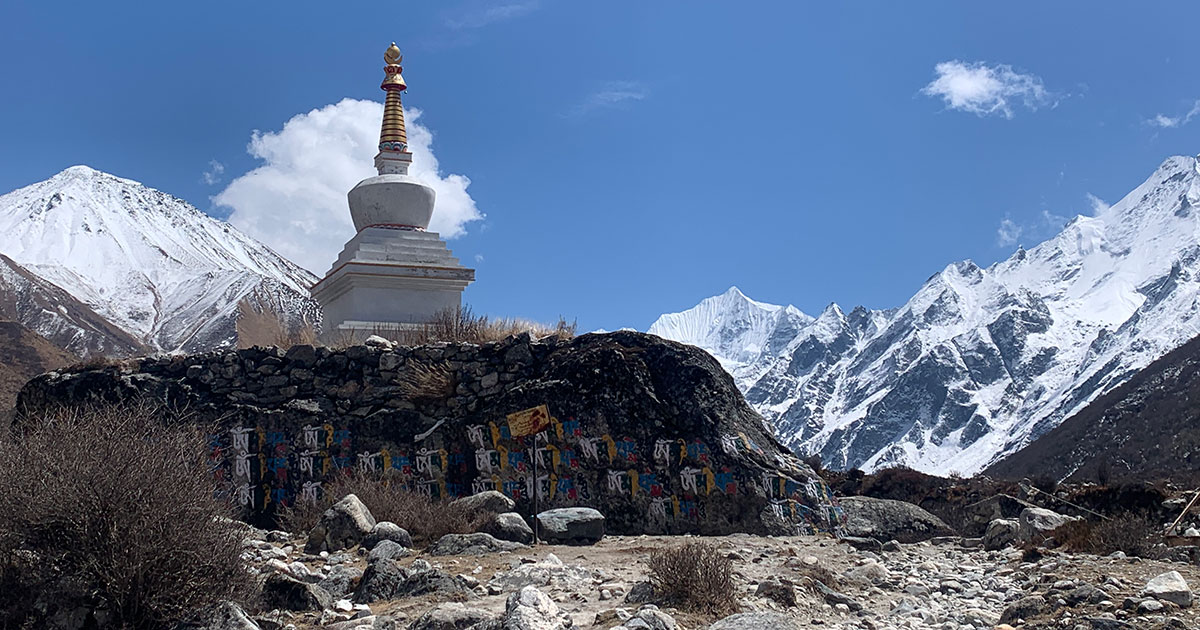
Visitors are often welcomed with their friendly greeting, Tashi Delek. You are expected to return the same phrase. Circumambulation, or walking around the monasteries, chortens, and stupas, is done in a clockwise direction, and always remove your shoes before entering monasteries or homes of people.
Displaying patience, humility, and gratitude enhances interactions with the hospitable mountain communities, and seeking permission before taking photographs of locals is a sign of respect.
Be mindful of local customs, and take your time to learn them when interacting with people or trekking. respect the environment and follow “Leave No Trace” principles to promote sustainable tourism in the Langtang region.
Why Langtang Trek?
The Langtang Trek is a perfect choice for trekkers seeking breathtaking Himalayan landscapes, rich Tibetan-influenced culture, and accessible adventure close to Kathmandu. This trek takes you through lush rhododendron forests, glacial valleys, and traditional Tamang and Sherpa villages, offering an authentic cultural experience. The highlight is Kyanjin Gompa, where trekkers can witness panoramic views of Langtang Lirung (7,227 m) and surrounding peaks. Compared to the Everest and Annapurna treks, Langtang remains less crowded yet equally rewarding. The trek also supports local communities recovering from the 2015 earthquake, making it a meaningful journey for those who value both nature and responsible tourism.
Langtang Valley Trek Distance Coverage
| Trekking Trail Route | Distance (km) | Time (hours) | Altitude (m) |
| Kyanjin Gompa to Kyanjin Ri | 4.5 | 4 – 5 hours | 4,780 |
| Kyanjin Gompa to Lama Hotel | 21.6 | 7 – 8 hours | 2,500 |
| Lama Hotel to Langtang Village | 14.8 | 7 – 8 hours | 3,307 |
| Lama Hotel to Syabru Besi | 11.3 | 7 – 8 hours | 1,450 |
| Langtang Village to Kyanjin Gompa | 6.8 | 4 – 5 hours | 3,798 |
| Syabru Besi to Lama Hotel | 11.3 | 7 – 8 hours | 2,500 |
Return Back With a Heart Full of Memories
The Langtang Trek is a rewarding adventure for trekkers seeking a mix of culture, nature, and a moderate challenge. Proper preparation ensures a safe and enjoyable experience, leaving you with unforgettable memories of Nepal’s beautiful landscapes.
This trek will give up memorable experiences with the mountains and its people. Even though you intended to hike for adventure, you will return back rediscovering yourself on a different scale.
If you’re ready for an incredible adventure, start planning your Langtang Trek today and immerse yourself in the beauty of the Himalayas!
FAQs
Expand AllDo you need a guide for the Langtang trek?
The Langtang Circuit trek comes under a restricted area trek. Hence, an officially registered guide is compulsory for traveling to this region. A minimum of two people is required to get the permit.
What are the starting and ending points of the Langtang Circuit Trek?
The Langtang Circuit Trek starts at Kathmandu. After driving to Syabrubeshi, the trek starts and ends at Kathmandu.
Is WiFi available in Langtang?
Mobile networks and WiFi are available in the trekking trails of the Langtang Circuit Trek. The connection requires an additional fee due to the remoteness of the region. In other places, one can get connected via 4G and 5G data packages from an NTC or NCell SIM card.
What is the best season to trek the Langtang Circuit?
Most of the trekking routes in Nepal follow a similar pattern of seasonality. The autumn season (September, October, and November) is the best season for trekking to the Langtang circuit and around the valley, as the climate is favorable and the trekking route is rich in luscious greens. For a safe, memorable, and awesome experience, plan a trek between mid-September and November or March and June.
What animals can be seen on the Langtang circuit?
Langtang is home to species like musk deer, Himalayan thar, red panda, Himalayan black bear, snow leopard, wild dog, and ghoral. More than 250 species of birds are found in this region.
How long does the Langtang Valley trek take?
The Tamang Heritage Trek with Langtang Valley usually takes 13 days to complete. However, the trek duration might vary depending on your chosen route and the packages you booked. If you have time constraints, you can customize this trek to suit the available days.
How much does the Langtang Valley trek cost?
The Langtang Valley trek costs approximately $810. However, the cost may vary depending on how you customize your food and accommodation, the variation of the trekking package, and the routes you choose.
The trekking cost doesn’t include any personal expense or charge for the services made upon request. Please check the packages for the price and find the amenities/services offered.
Do I need travel insurance?
It is always safe to have travel insurance during trekking in Nepal to be safe from possible catastrophic situations.
What currency should I carry?
For any personal expenses other than those offered by the Awesome Holidays, you will need changes below Rs. 500 Nepalese currency for your trek. However, it is better to have USD or your home currency as a backup for emergencies or returns. Make sure to exchange your currencies for Nepali rupees in Kathmandu to find the best rates.
What is the trek route like?
The Langtang Valley Trek follows a scenic and moderately challenging route through diverse landscapes, ranging from lush forests to high-altitude meadows. The trekking route to the Langtang Valley consists of rough rocky terrain, steep hills, stairs, and narrow trails.
What is the food like on the trek?
The teahouses serve Nepali food with dal (pulses), bhat (rice), pickles, green leaves, and other ethnic foods like Tibetan, Thakali, and other ethnic cuisine, which primarily include bread, noodles, soup, pasta, and pastries. You will also have the option of drinks and continental cuisine.
Are there ATMs along the Langtang trail?
There are some ATMs only in Dhunche and Syabrubesi. After that, no ATMs are found along the Langtang Valley Trek. So, carry enough Nepali currency cash with you.
Related blog posts
Discover a choice of tourist destinations loved by most of our visitors. Whether you're on a jungle safari to spot rare animals or walking through a world heritage site, these well-planned itineraries cover the major highlights of Nepal.
